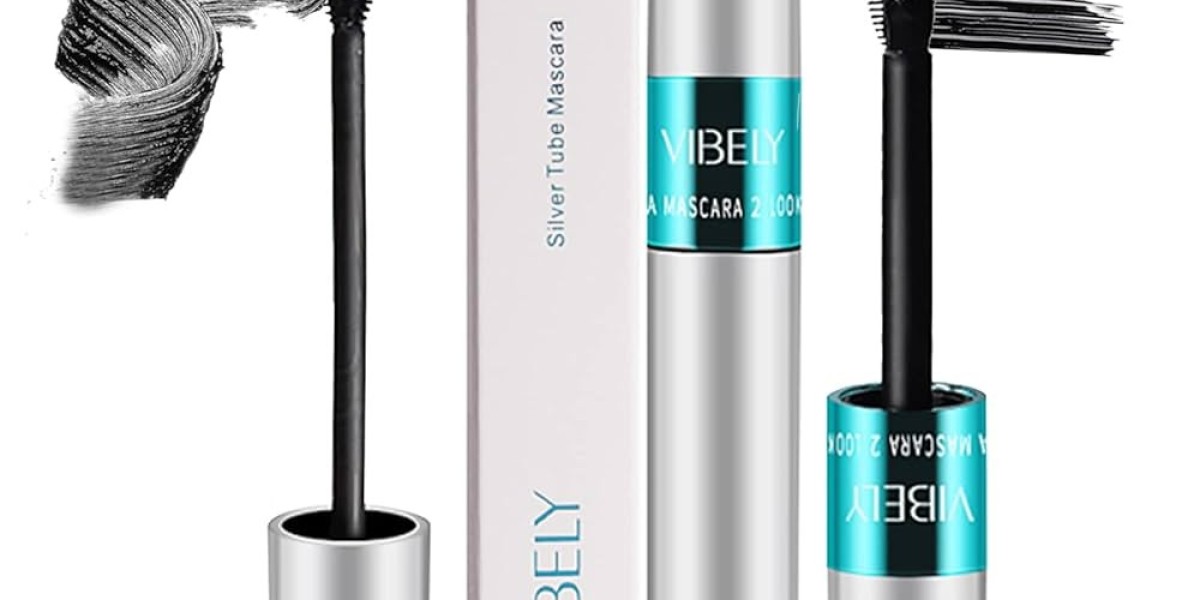Navigating the world of car warranties can be daunting for many Canadian drivers. With a myriad of terms, conditions, and coverage options, understanding your car warranty is essential to protect your investment and ensure peace of mind on the road. This comprehensive glossary aims to clarify key terms related to car warranties, empowering you to make informed decisions when purchasing or servicing your vehicle.
What Is a Car Warranty?
A car warranty is a contractual agreement between the vehicle owner and the manufacturer or dealer that guarantees certain repairs and services over a specified period or mileage. It serves as a safety net, covering costs for repairs due to defects in materials or workmanship. In Canada, car warranties vary depending on the manufacturer, the type of vehicle, and the coverage plan selected. Understanding the basics of what a car warranty entails is the first step toward maximizing its benefits and avoiding unexpected expenses.
Bumper-to-Bumper Coverage
Bumper-to-bumper coverage, also known as comprehensive warranty, is one of the most inclusive types of car warranty. It typically covers almost all parts and systems of your vehicle, excluding wear-and-tear items like tires and brake pads. This warranty provides peace of mind by ensuring that most mechanical and electrical components are protected against defects for a certain period or mileage. For Canadian drivers, especially those purchasing new vehicles, bumper-to-bumper coverage is often included as part of the purchase or lease agreement, offering extensive protection during the initial years of ownership.
Powertrain Warranty
A powertrain warranty is a specific type of warranty that covers the engine, transmission, and drivetrain components—essential parts that determine the vehicle’s core functionality. This warranty is particularly important for Canadian drivers who face harsh weather conditions and challenging terrains, as it ensures critical components are protected against manufacturing defects. Powertrain warranties typically last longer than bumper-to-bumper warranties, sometimes up to 5 or 10 years, providing a significant safety net for long-term ownership.
Wear-and-Tear Items
Wear-and-tear items refer to vehicle components that naturally degrade over time and use, such as brake pads, tires, windshield wipers, and battery systems. Car warranties generally do not cover these parts because their deterioration is expected and considered normal maintenance. However, understanding this distinction helps Canadian drivers budget for regular maintenance costs and avoid misunderstandings about warranty coverage when replacing these parts.
Extended Warranty
An extended warranty is an optional service that extends the coverage period of your original car warranty beyond the manufacturer’s standard terms. It can be purchased at the time of vehicle sale or later and often provides additional protection for major components. For Canadian drivers who plan to keep their vehicles for many years, an extended warranty can offer peace of mind against costly repairs that may arise after the original warranty expires. It’s essential to compare the coverage details, costs, and reputable providers before opting for an extended warranty.
Deductible
A deductible is the amount of money a vehicle owner must pay out-of-pocket before the warranty coverage kicks in for a repair. For example, if your warranty repair costs $1,000 and your deductible is $100, you pay $100, and the warranty covers the remaining $900. Understanding your deductible amount is crucial in Canada, where repair costs can vary depending on the vehicle and location. Choosing a warranty with a manageable deductible can prevent surprise expenses during repairs.
Warranty Claim Process
The warranty claim process involves notifying your warranty provider or dealership about a covered issue, providing necessary documentation, and getting approval for repairs. In Canada, the process can vary depending on the provider, but it typically requires proof of vehicle ownership, maintenance records, and a detailed diagnosis of the problem. Familiarizing yourself with the claim process ensures swift resolution and minimizes downtime when your vehicle needs repairs under warranty.
Transferable Warranty
A transferable warranty can be transferred from the original vehicle owner to a new owner if the car is sold before the warranty expires. This feature adds value to your vehicle, especially in the Canadian used car market, by providing subsequent owners with warranty coverage. Not all warranties are transferable, so it’s important to check the terms at the time of purchase. A transferable warranty can be a compelling selling point and increase your vehicle’s resale value.
Exclusions and Limitations
Every car warranty has exclusions and limitations, which specify what is not covered under the warranty terms. Common exclusions include damage from accidents, misuse, modifications, or natural disasters. Limitations may specify coverage caps or specific conditions under which repairs are valid. Canadian drivers should carefully review these details to understand their coverage scope fully and avoid disputes or unexpected costs during warranty claims.
Importance of Regular Maintenance
While a car warranty offers protection against manufacturing defects, regular maintenance is essential to keep your vehicle in optimal condition and ensure warranty validity. Many warranties require owners to follow the manufacturer’s recommended maintenance schedule, including oil changes, tire rotations, and inspections. Failure to maintain the vehicle properly can result in denied warranty claims, so staying diligent with maintenance is a key part of safeguarding your coverage and prolonging your vehicle’s lifespan.








